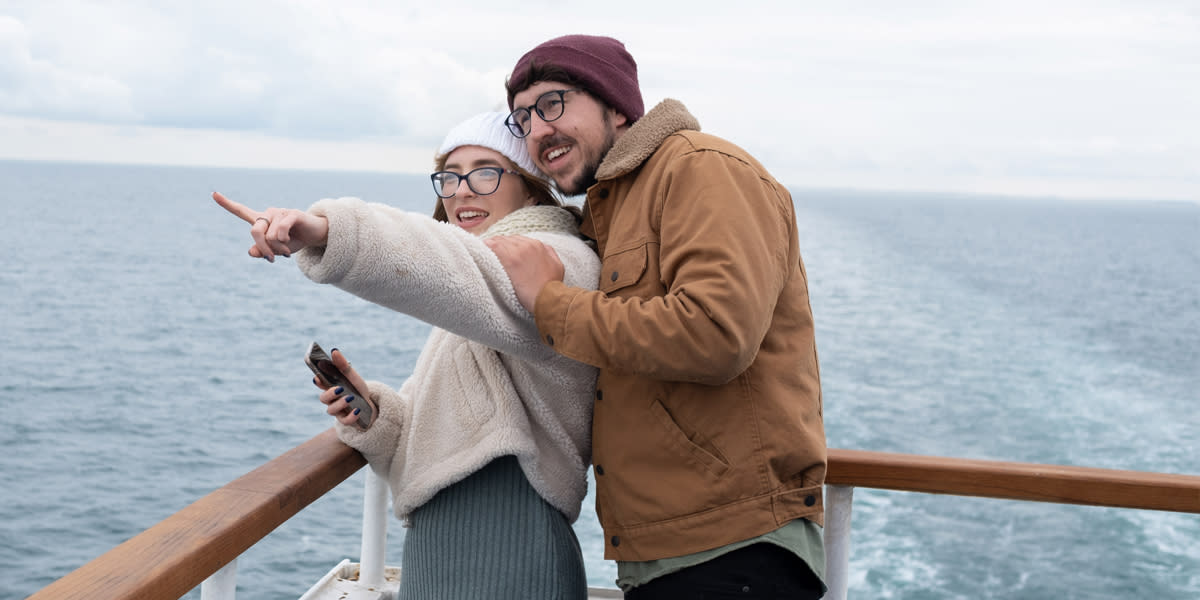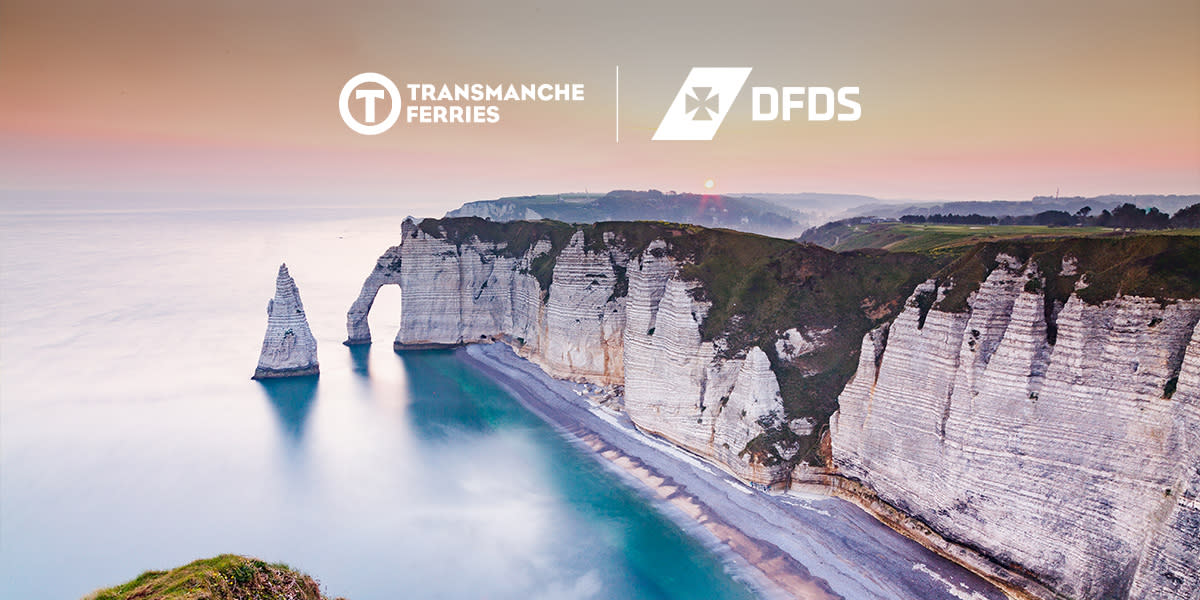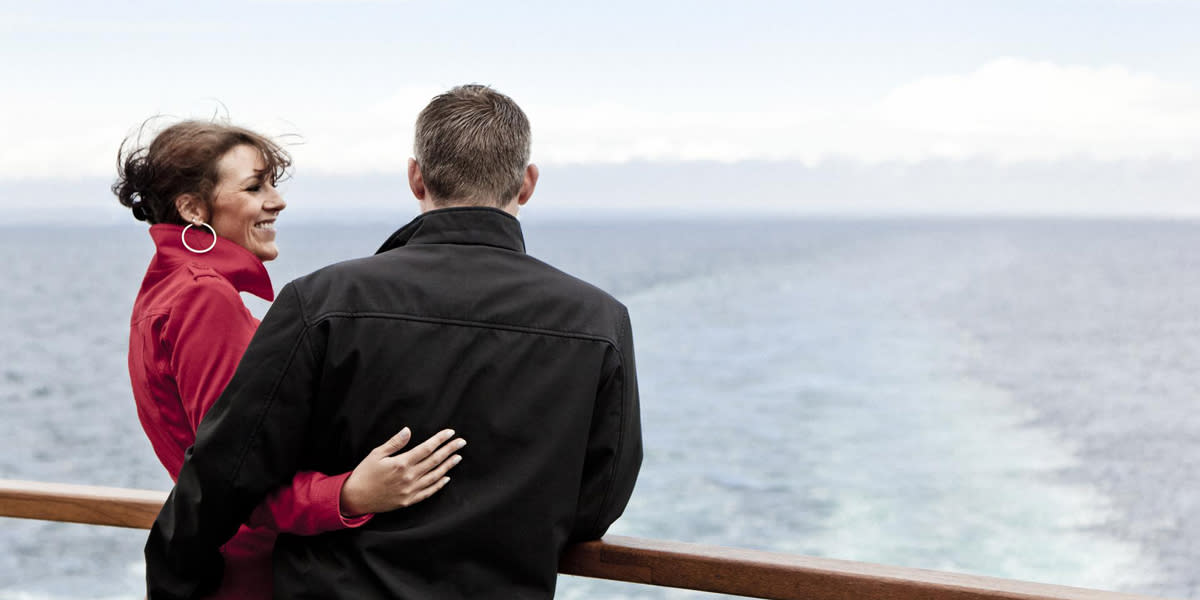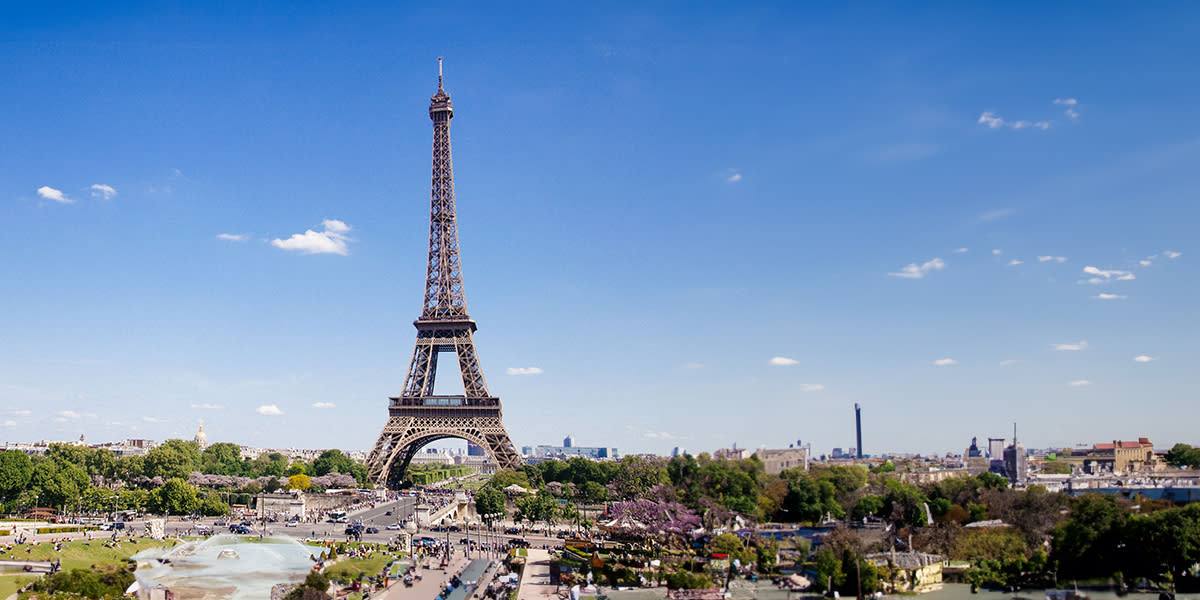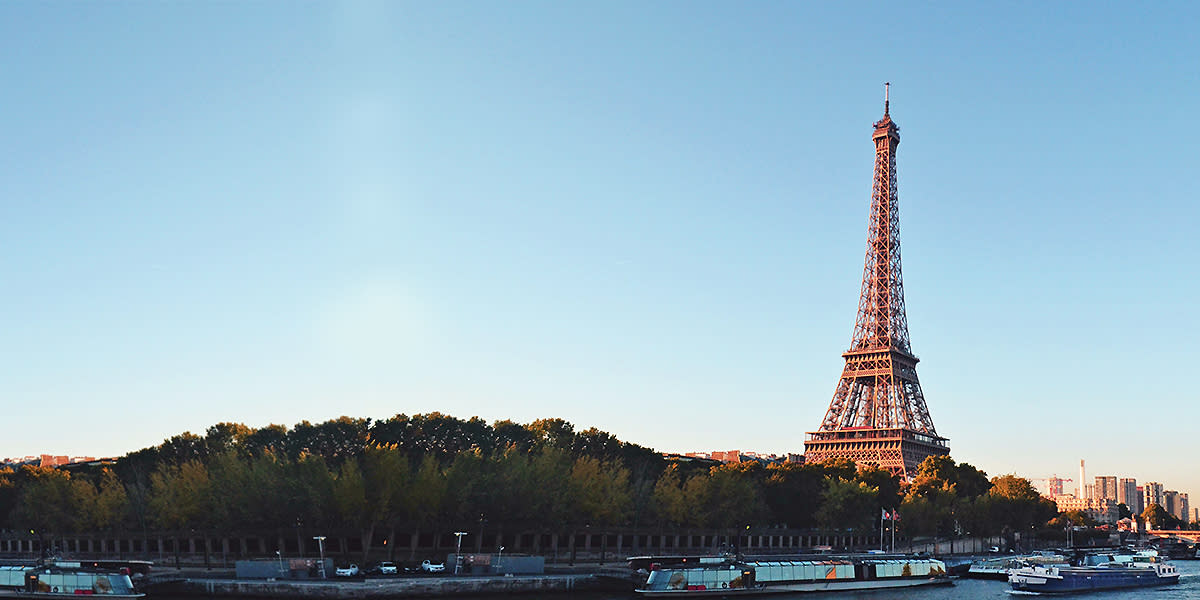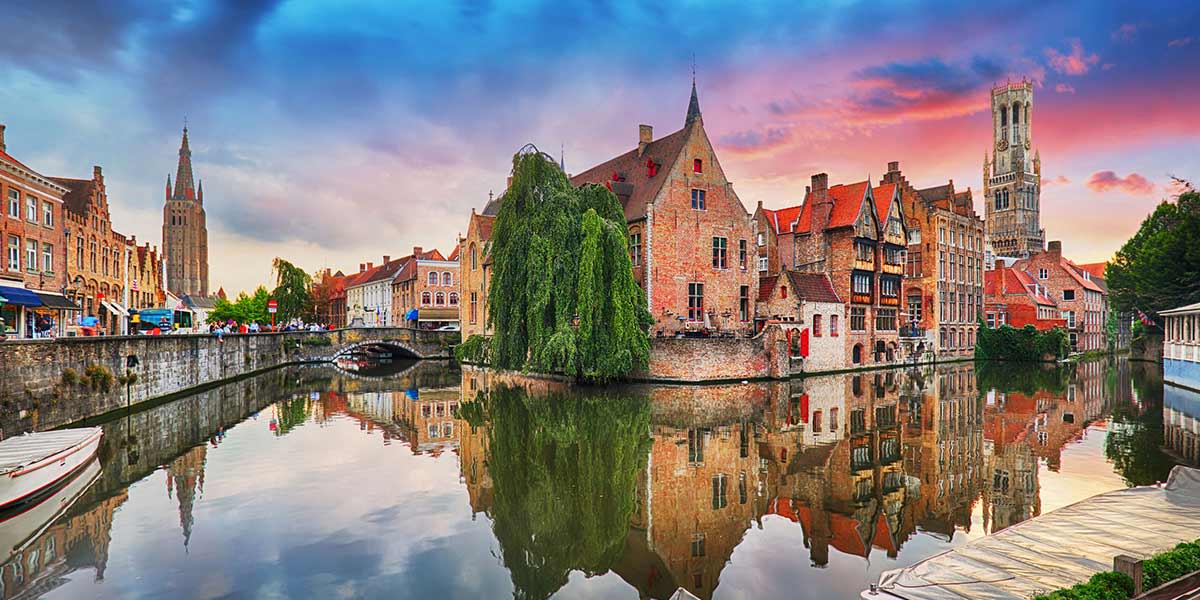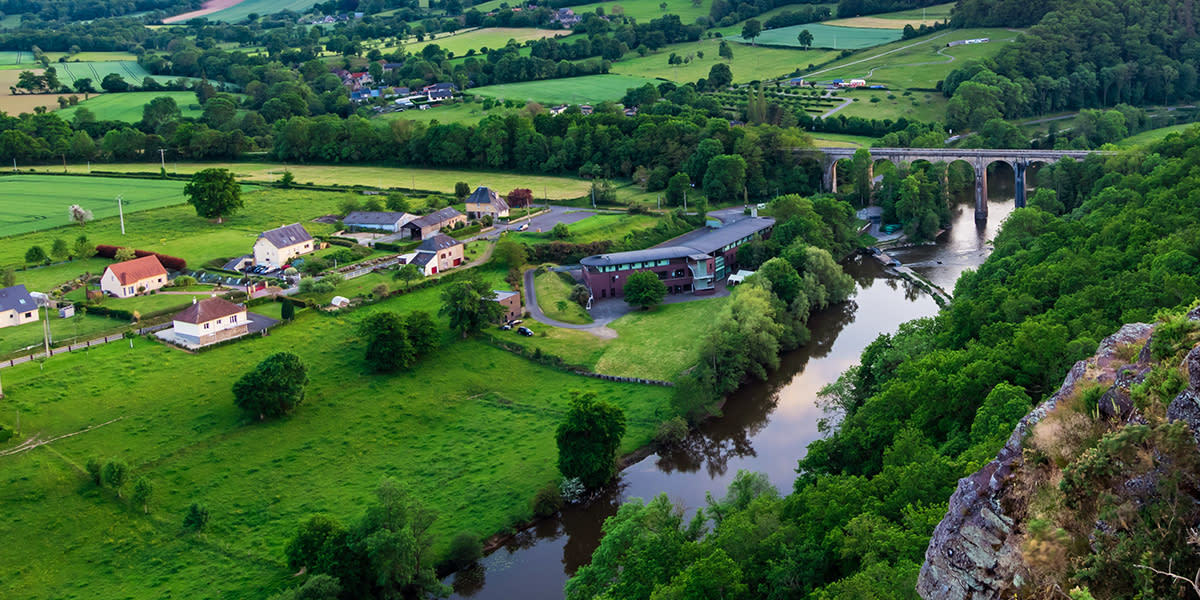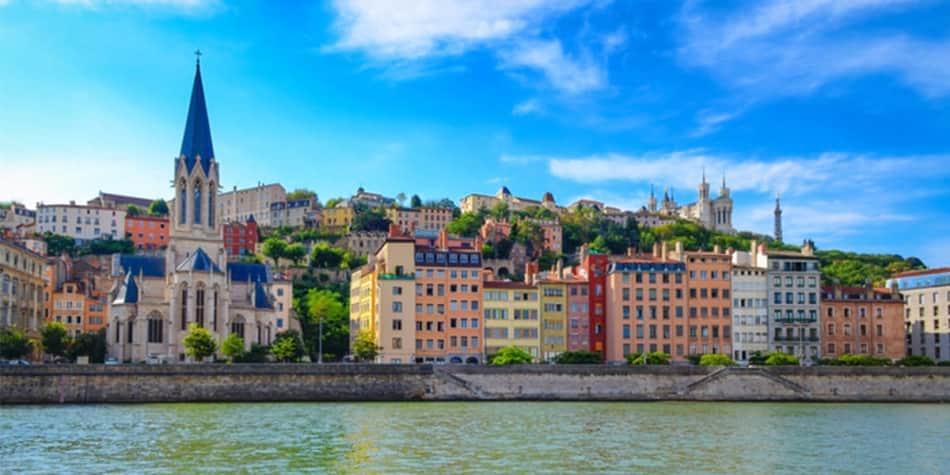
Your Essential Travel Guide To Lyon

Discover Things To Do In Lyon
Lyon is a city in central-eastern France, in the region of Rhone-Alpes (Auvergne e-Rhône-Alpes). It is the second biggest city in France after Paris. Lyon is located 150 km southwest of Geneva in Switzerland and 280 km from Turin in Italy. You can reach it by taking DFDS ferries from Dover to Calais or to Dunkirk.
The city is known for its historical significance and numerous examples of historical and modern architecture. Historically, it was the capital of the region known for the production and manufacture of silk. From the end of the twentieth century, it became famous for gastronomic art and cinematography. Lyon is also known for its annual Festival of Light (" Fête des lumières") and is the headquarters of international organizations such as Interpol, Euronews, and the International Agency for Research on Cancer. The city's economy is based on banking, and the pharmaceutical, chemical and biotechnology industries.

Basilica of Notre-Dame de Fourvière and The Museum of Fine Arts
Basilica of Notre-Dame de Fourvière was built with private funds at the end of the nineteenth century in the area where the Roman forum used to be. Fourvière is dedicated to the Virgin Mary, for saving the city from the plague.
Located on the Fourvière hill, the basilica is one of the symbols of the city.In the temple building there is a Museum of Sacred Art, and you can visit the basilica with a guide.
For art lovers, we recommend a visit to the Musée des beaux-arts de Lyon, which is one of the largest museums in Europe. The museum building used to be a Benedictine monastery, which was renovated in the late twentieth century. The collection of the museum includes numerous exhibits from ancient Egypt in 9 themed rooms, European paintings from the 14th century to the first half of the 20th century, 19th-century sculptures, as well collections of coins and medallions.

Parc de la Tête d'or
Visit "Park of the Golden Head" which is one of the best examples of a beautiful English-style garden, but also a functional urban park. The park has extensive grassy areas, lake with boats and two artificial islands, four rose gardens, huge greenhouses, a botanical garden and a zoo.
In the zoo, which offers free admission, you can see several hundred animals from around the world, including a very rare North African lion that has not been in the wild since 1922.
A significant part of the park are botanical gardens (Jardin botanique de Lyon), which offers free admission on weekdays. In large greenhouses there are tropical plants, including camellias that are over 100 years old, impressive insectivorous plants and the collection of beautiful orchids.

Amphitheatre of the Three Gauls
The Amphitheatre is one of the oldest buildings in Lyon, probably from the 19th century AD, and was dedicated to the cult of Romulus and Remus - the legendary brothers and founders of Rome. The amphitheater was expanded in the second century, so it could accommodate up to 20,000 spectators.
The amphitheater as also the place of the martyrdom of Saint Blandina, the center of the arena during the persecution of Christians and place of the Pope John Paul II's visit to Lyon in 1986.
Historians believe that the building was the largest building of this type in the region, but archaeologists suggest that the remains of the amphitheater can also be found under neighboring buildings. The facility is currently closed to visitors for security reasons, but can be seen from thw street.

Vieux Lyon
Lyon old town, also knows as Vieux Lyon is divided into three parts: Saint Jean, Saint Paul, and Saint Georges.
In the Middle Ages, Saint Jean was the main political and religious center. Saint Jean Cathedral is a perfect example of Gothic architecture. The Manécanterie, which used to be a choir school, nowadays is a cathedral museum.
The areas of Saint Paul date back to the 15th and 16th centuries. Take a look at the Hôtel Bullioud and Hôtel de Gadagne which is now the Museum of Lyon History and the Museum of world puppets. It is also worth paying attention to the Saint Paul church, which has an impressive Romanesque tower.
In the 16th century silk weavers lived in Saint-Georges before they moved to Croix Rousse in the 19th century. In the Middle Ages, traboules between the main streets were built to facilitate transport and trade.

